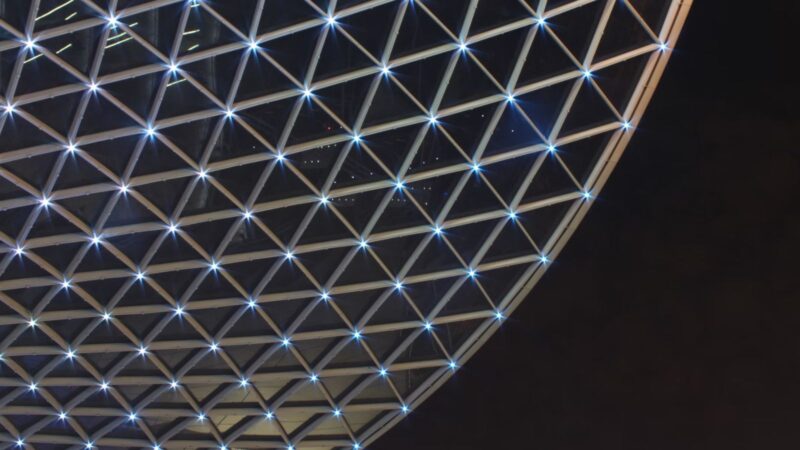
Photorealistic 3D modeling is a concept that has revolutionized the way we perceive and interact with digital content. It involves creating three-dimensional models that are so lifelike and detailed that they closely resemble real-life objects or scenes. The term “photorealistic” refers to the level of realism achieved in these models, often indistinguishable from photographs or actual physical objects.
What is the Concept of Photorealistic 3D Modeling?
Photorealistic 3D modeling is the process of creating highly realistic three-dimensional representations of objects, environments, or characters using computer software and specialized techniques. It involves meticulous attention to detail to achieve a level of realism that mimics real-world visuals.
The importance of photorealism in 3D modeling lies in its ability to evoke emotions, engage viewers, and convey information with utmost clarity. Whether used in entertainment, marketing, or education, photorealistic 3D models can significantly enhance the user experience and make content more impactful.
Several advanced tools and software have been developed to aid in the creation of photorealistic 3D models. These include rendering software like Autodesk Maya, Blender, and Cinema 4D, which offer powerful features for realistic lighting, shading, and texturing to bring models to life.
How Has 3D Modeling Evolved?
In the early stages of 3D modeling, basic geometric shapes were used to create simple representations of objects. As technology progressed, advancements in rendering techniques and computing power allowed for more intricate and detailed 3D models to be developed.
The evolution of photorealistic rendering techniques has been driven by advancements in hardware capabilities and software algorithms. Real-time rendering technologies now enable designers to visualize complex scenes instantaneously, blurring the lines between virtual and physical reality.
The integration of 3D modeling in VR applications has opened up a new realm of possibilities for immersive experiences. Users can interact with photorealistic environments in real time, creating a sense of presence and engagement that was previously unattainable with traditional media.
What are The Techniques Used For Creating Photorealistic 3D Models?
3D scanning plays a crucial role in photorealistic modeling by capturing real-world objects or environments and converting them into digital 3D representations. This technology allows for highly accurate and detailed models to be created, making the final renderings appear realistic and true to life.
Texture mapping involves applying surface textures to 3D models to enhance their visual appearance and realism. High-resolution rendering techniques ensure that every detail is meticulously rendered, from the finest textures to the subtlest shadows, resulting in a truly photorealistic outcome.
Advanced reconstruction techniques, such as volumetric capture and motion capture, enable artists to capture intricate details of human bodies and objects to create lifelike 3D models. These techniques enhance the photorealism of the models by accurately representing shapes, poses, and movements.
How is Photorealistic 3D Modeling Changing Industries?
Photorealistic 3D scanned sample models are increasingly being used in advertising and marketing campaigns to showcase products, create captivating visual content, and engage customers. The realism of these models can significantly impact purchasing decisions and brand perception.
In architecture and design, photorealistic visualization is a game-changer, allowing designers and clients to experience spaces in a realistic manner before construction begins. Detailed 3D models help in visualizing concepts, identifying design flaws, and presenting projects with unparalleled clarity.
The future potential of photorealism in immersive experiences is boundless, with applications in augmented reality (AR), virtual reality (VR), and mixed-reality environments. As technology continues to advance, photorealistic 3D modeling will play a pivotal role in creating truly immersive and interactive digital worlds.
What Role Does Software Like Adobe Substance 3D Play in Photorealistic Modeling?
Adobe Substance 3D is a powerful software suite that offers a wide range of tools and features for creating photorealistic textures, materials, and environments. It provides artists and designers with advanced workflows and customization options to enhance the realism of their 3D models.
By integrating Adobe Substance 3D into their workflow, artists can achieve unparalleled levels of realism in their textures. The software’s procedural and texture painting tools enable users to create intricate and detailed surface textures that add depth and authenticity to their 3D models.
Enhancing 3D Models Using Adobe Substance 3D’s Tools
Adobe Substance 3D’s tools allow for the enhancement of 3D models through the application of realistic materials, lighting effects, and shaders. Artists can experiment with different textures and visual effects to achieve the desired look and feel, pushing the boundaries of photorealistic rendering in the digital realm.








